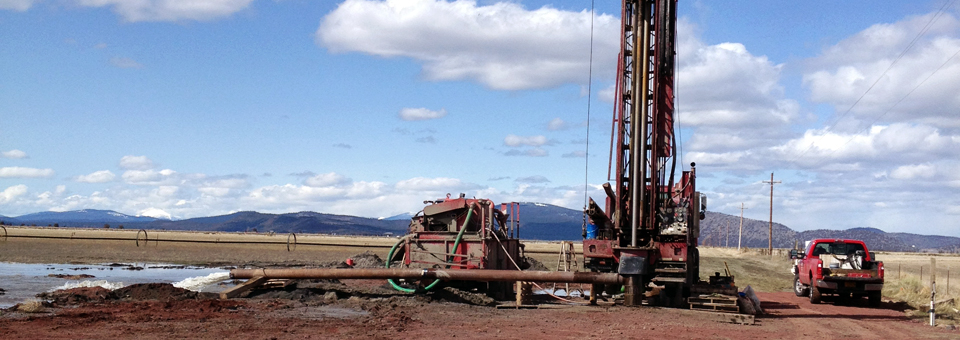Thanks for checking out the blog. Here are a few well drilling terms you may not be familiar with.
Aquifer
A Geologic formation that contains saturated and permeable material capable of transmitting water in a sufficient quantity to supply wells.
Casing
Casing is a plastic or steel pipe installed to prevent cave-in, and seals the upper portion of the well.
Development
Development involves pumping the well to help clean out drill cuttings and to maximize production of the well. Development should result in a well that produces sand-free or mud-free water unless it is over-pumped.
Liner
The inner pipe or conduit installed inside the well casing or lower well bore. Liner is used to protect against caving formations and is not permanently fixed to the drill hole wall or casing.
Pump Test
The procedure of pumping water for a specified period of time to determine the yield characteristics of an aquifer.
Static Water Level
The stabilized elevation or level of water in a well not being pumped.
Surface Seal
The surface seal prevents surface water, which may be contaminated, from running down along side the casing of the well. Oregon code requires a minimum of 18 feet of surface seal to be installed of pure cement or bentonite.
Well Depth
The depth of a well can be measured by using a weighted line or by measuring the drill pipe in the hole when the drilling is completed.
Well Log
A well log or well report is a physical description of how your well was constructed. Keep your copy of the well log on file as it is an important document for your property.


